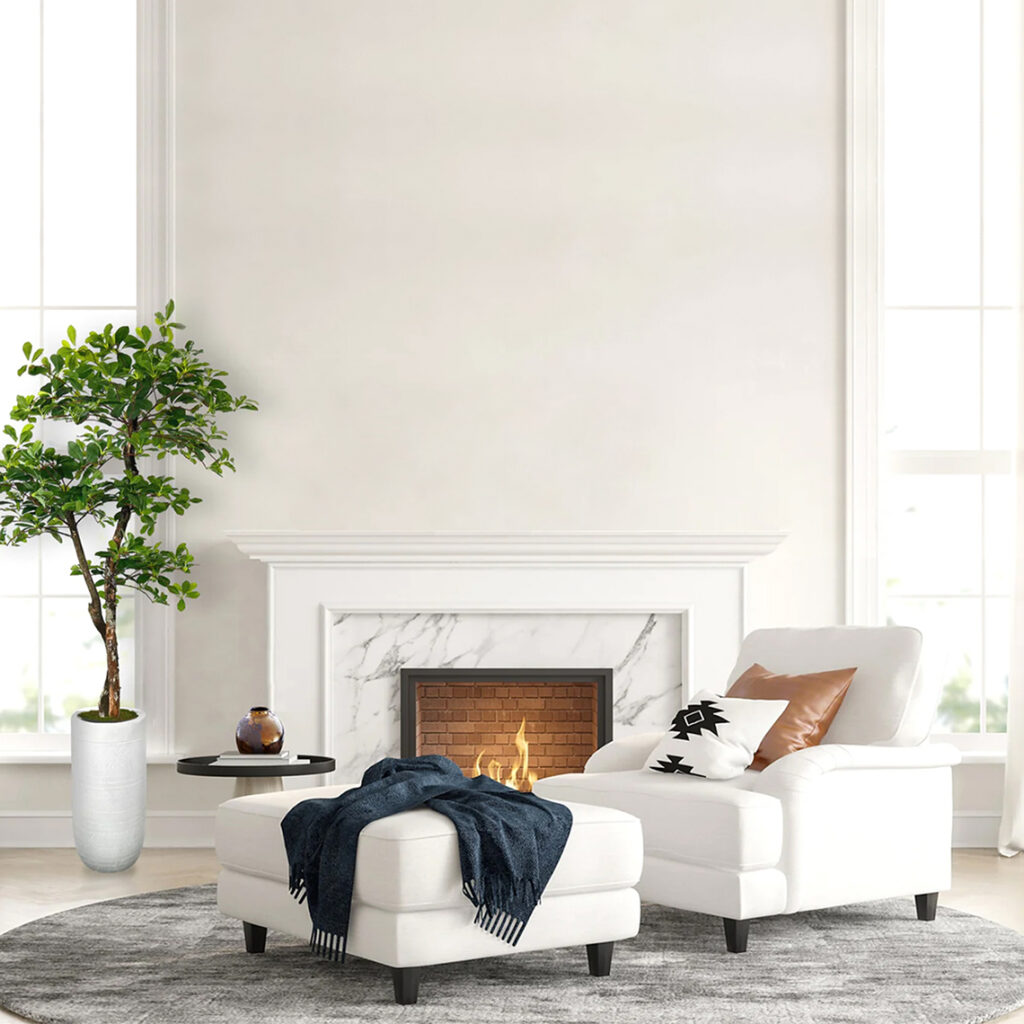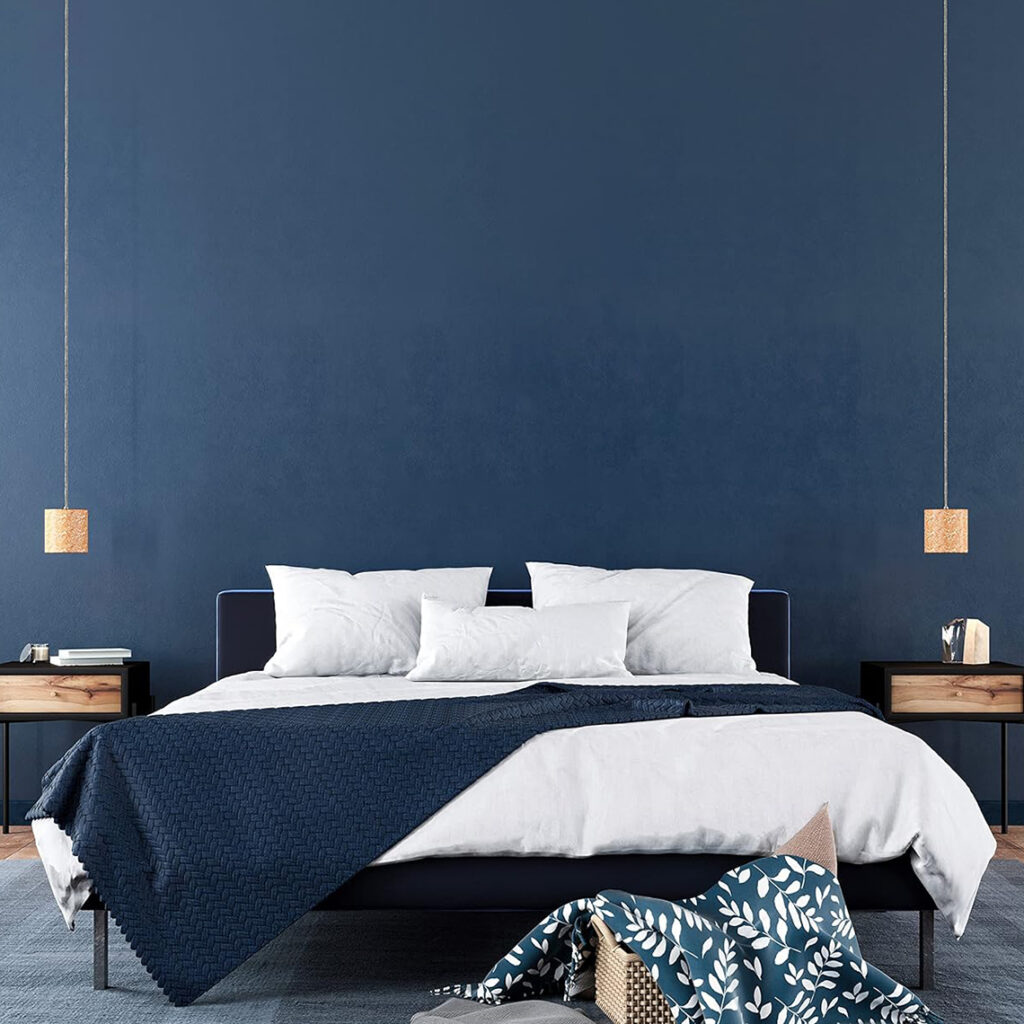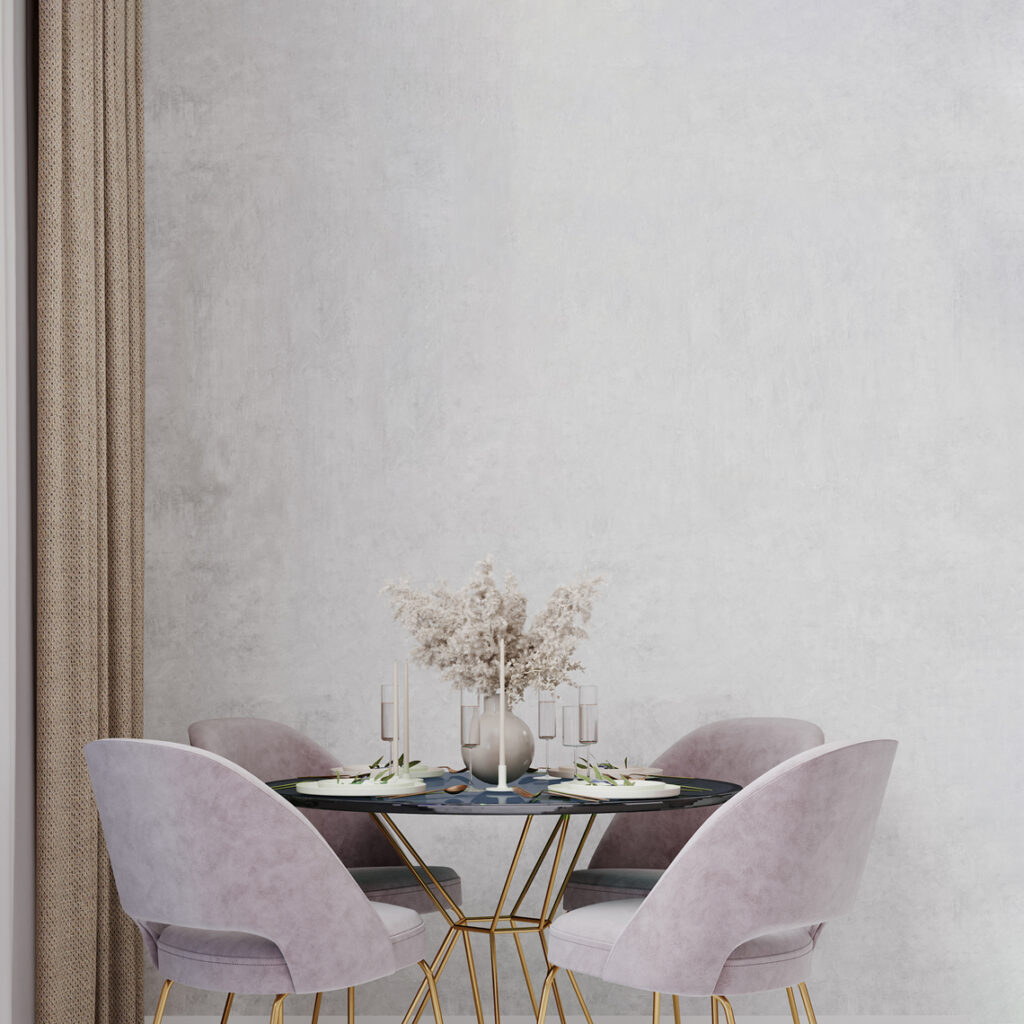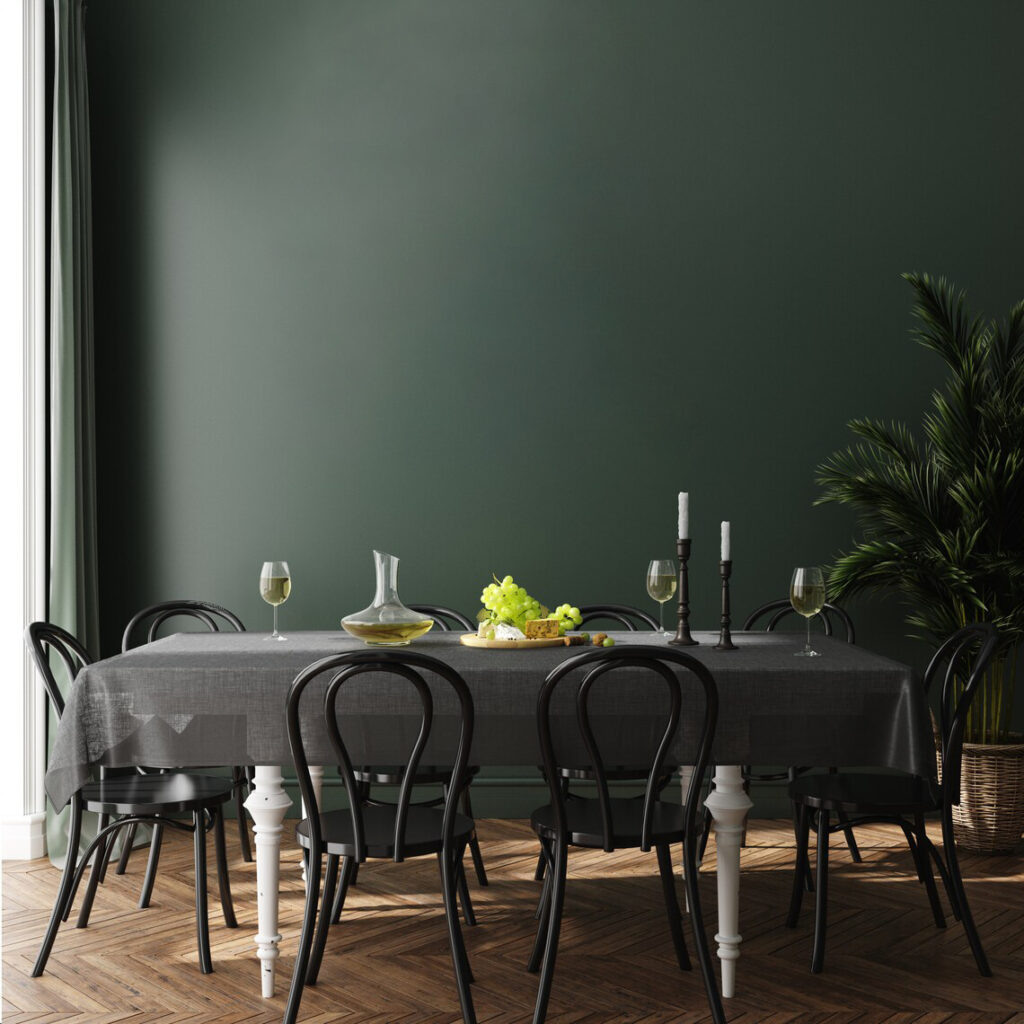The Guard in Moulin Rouge
$1,950.00
Original Etching on Arches, 1961
Image Size: 3.5” x 8.75”
Sheet Size: 8.6” x 12.5”
Edition number 89 of 180
Published by Pierre and Genevieve Argillet
Jacques Villon was born Gaston Duchamp on July 31, 1875, in Damville, Normandy. His family is one of remarkable artistic repute; he and his three siblings Marcel Duchamp, Raymond Duchamp-Villon, and Suzanne Duchamp would all make important contributions to 20th-century art. While still a lycée student in Rouen, he began his artistic training under his grandfather, Emile Frédéric Nicolle, a shipbroker and artist. Nicolle taught Villon engraving and printmaking, and in 1891 he was the subject of one of Villon’s earliest prints. In January 1894 Villon moved in with his brother Raymond in Paris’s Montmartre neighborhood and began to study law at the University of Paris. He soon lost interest in legal studies and instead spent his time submitting drawings to various magazines and newspapers, some of which were politically oriented. Partly in order to distance his family’s name from these publications, he changed his name to Jacques Villon (an homage to French medieval poet François Villon). In 1895 he began study at the Ecole des Beaux-Arts and frequented the Atelier Cormon.
For almost 10 years Villon worked largely in graphic media, contributing drawings to Parisian illustrated papers and making color prints and posters. In 1903 he helped organize the drawing section of the first Salon d’Automne, which would become one of the most significant annual exhibitions in the history of modern art. His first gallery exhibition, shared with his brother Raymond, took place at Galerie Legrip, Rouen, in 1905. He studied at the Académie Julian in Paris between 1904 and 1905, painting in a Neo-Impressionist style. In 1906 Villon settled in Puteaux and began to spend more time painting; by 1910 he had devoted himself primarily to painterly pursuits. In 1911, he and Duchamp-Villon helped found the Puteaux Group, a collective of Cubist artists that held meetings in Villon’s studio; its participants included Robert Delaunay, Marcel Duchamp, Albert Gleizes, František Kupka, Fernand Léger, Francis Picabia, and others. The following year, working with the Puteaux Group, Villon named and helped mount the Salon de la Section d’Or, a seminal exhibition in the development of the Cubist movement.
Villon exhibited nine paintings at the 1913 New York Armory Show, and his first solo exhibition in the United States was held at the Societé Anonyme, New York, in 1921; by the 1930s he was better known in the U.S. than in Europe. In 1932 he joined and began to exhibit with the Abstraction-Création group. An important presentation of his work was held in Paris in 1944 at the Galerie Louis Carré, from that time forward his exclusive representative. Villon received honors at a number of international exhibitions, including First Prize at the Carnegie International (1950) and Grand Prize for Painting at the Venice Biennale (1956). In 1955 he designed stained-glass windows for a cathedral in Metz, France, along with his contemporaries Marc Chagall and Roger Bissière. Villon died in Puteaux on June 9, 1963, at the age of 87.










 Upload a room image
Upload a room image  Take a room photo
Take a room photo Select a room
Select a room





 Resize product image
Resize product image